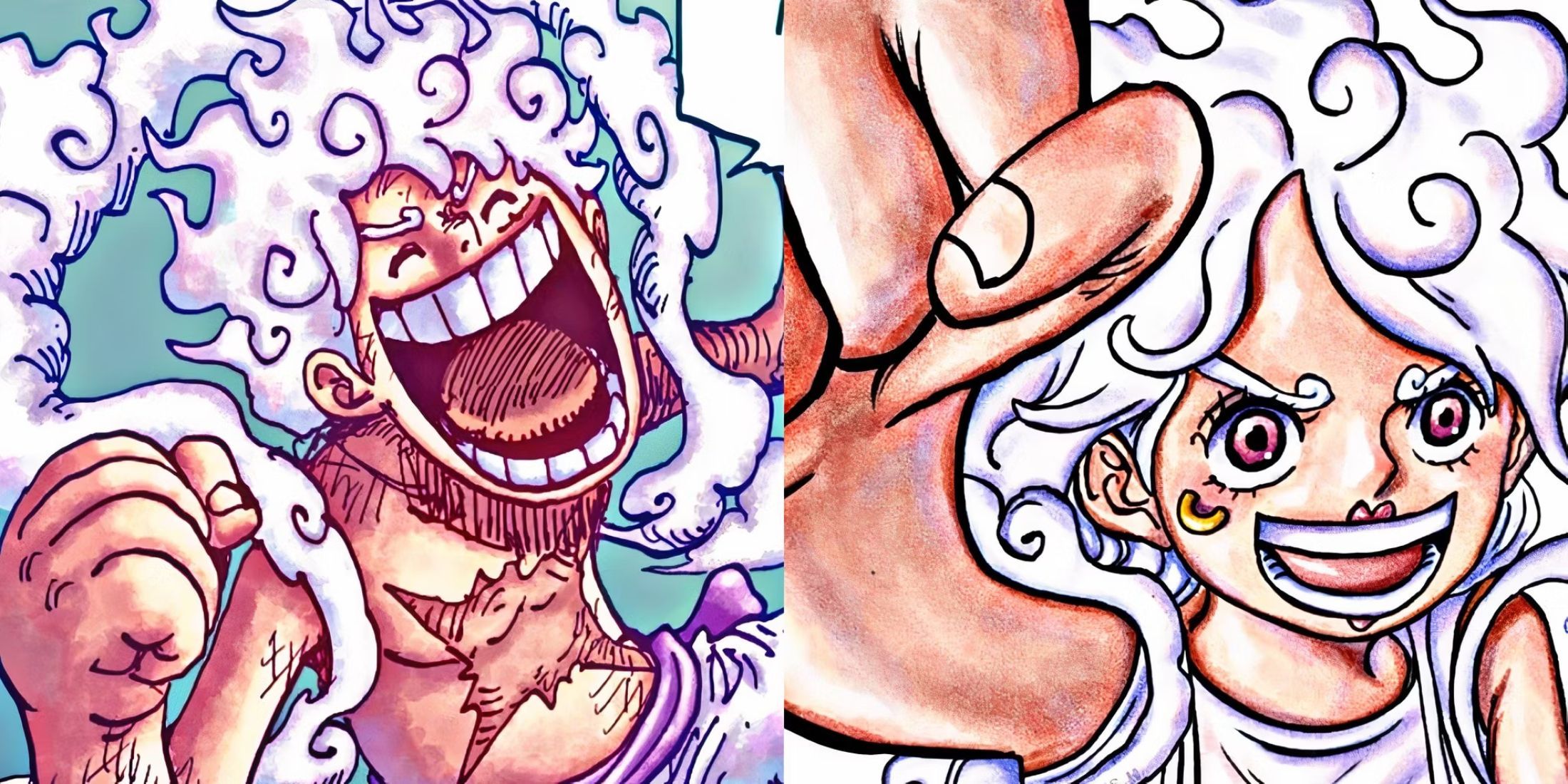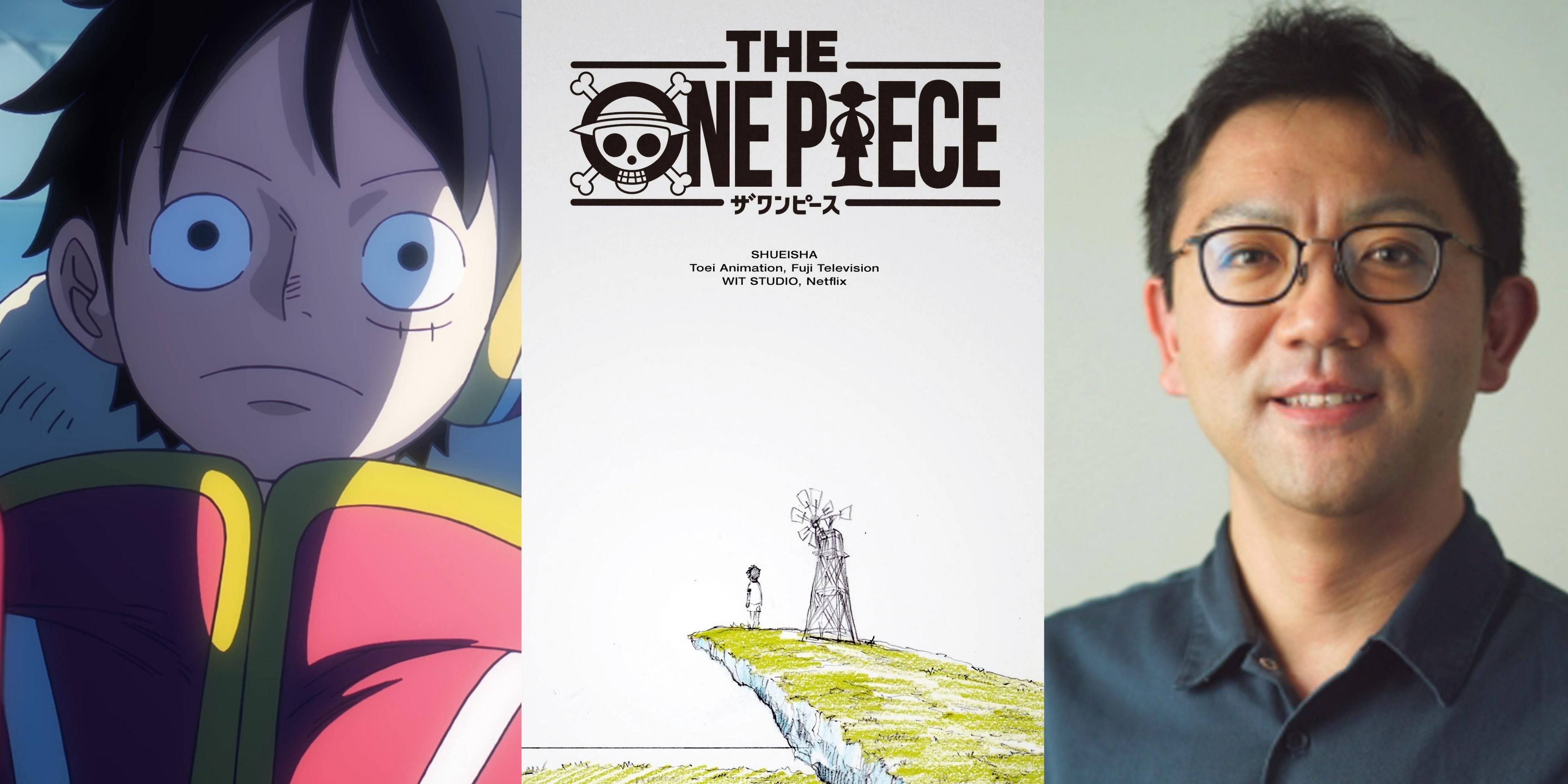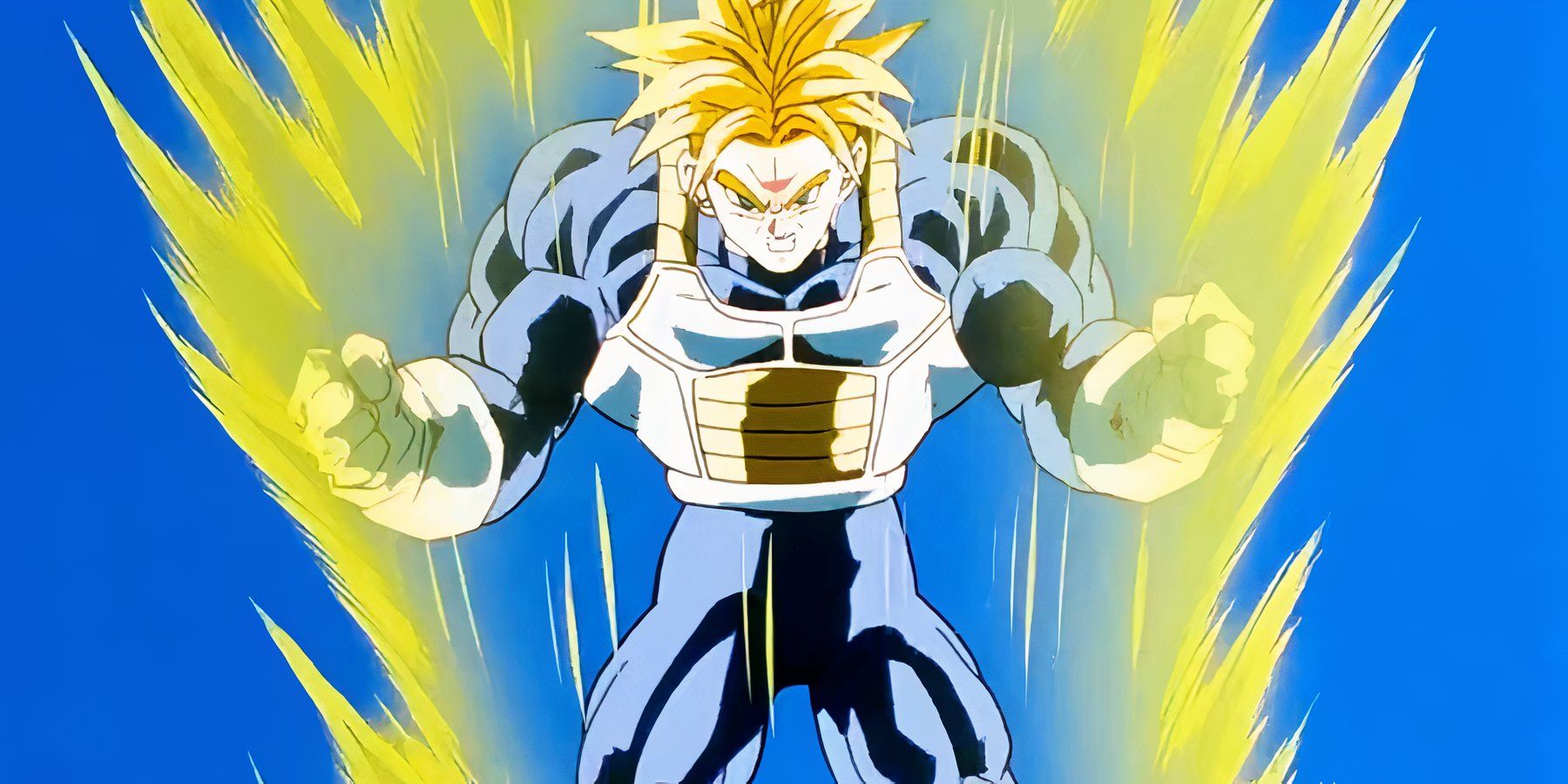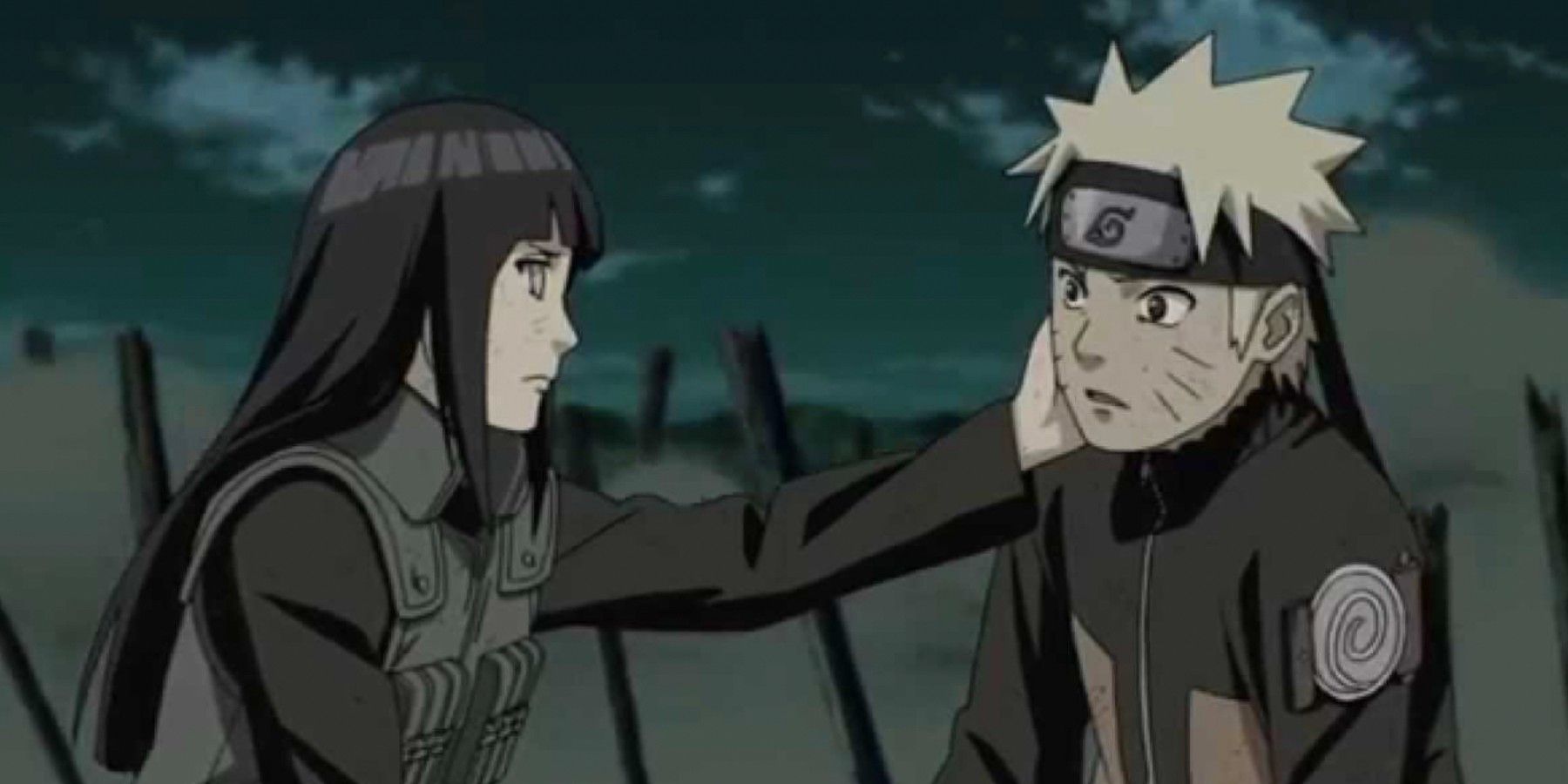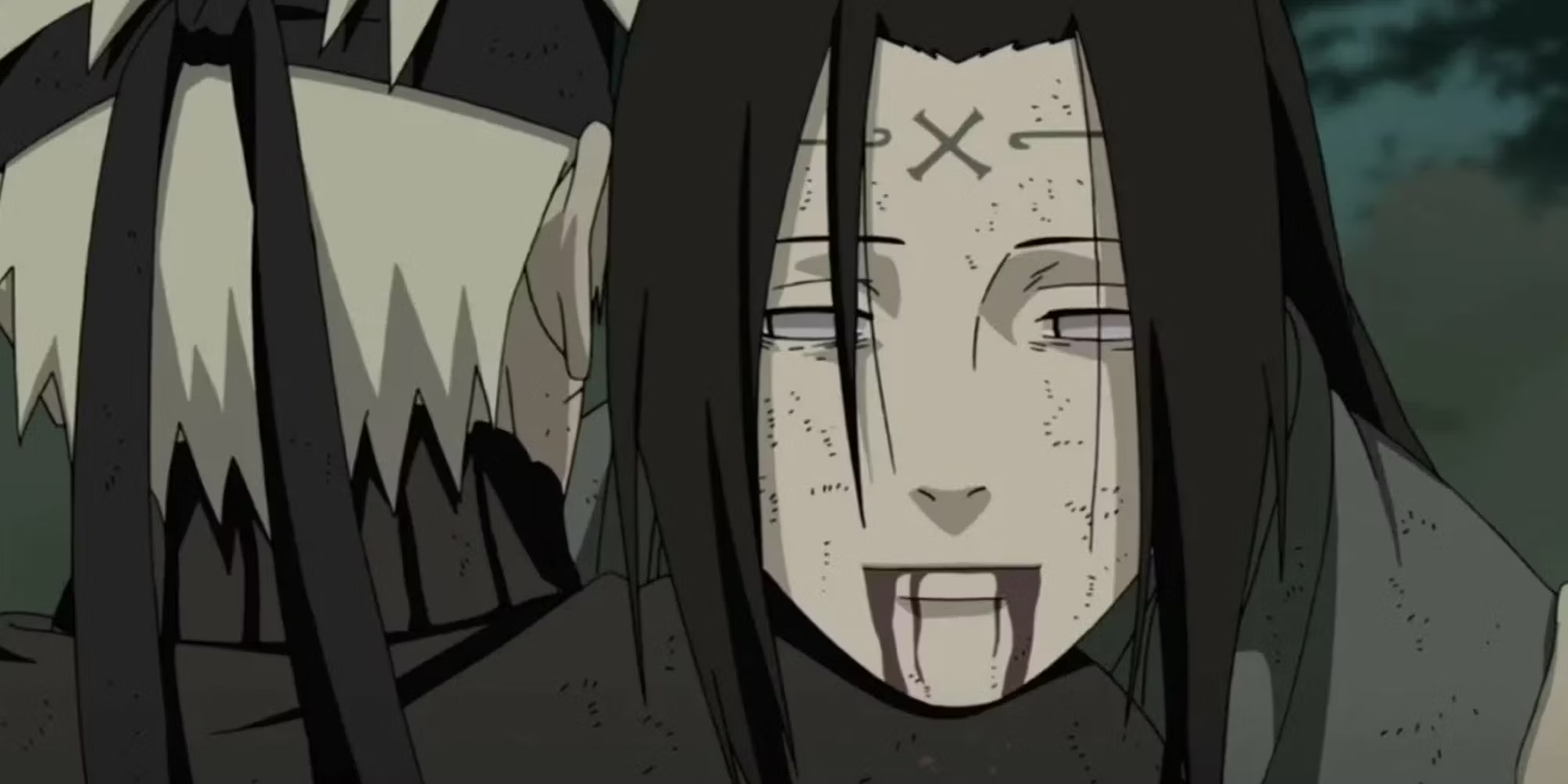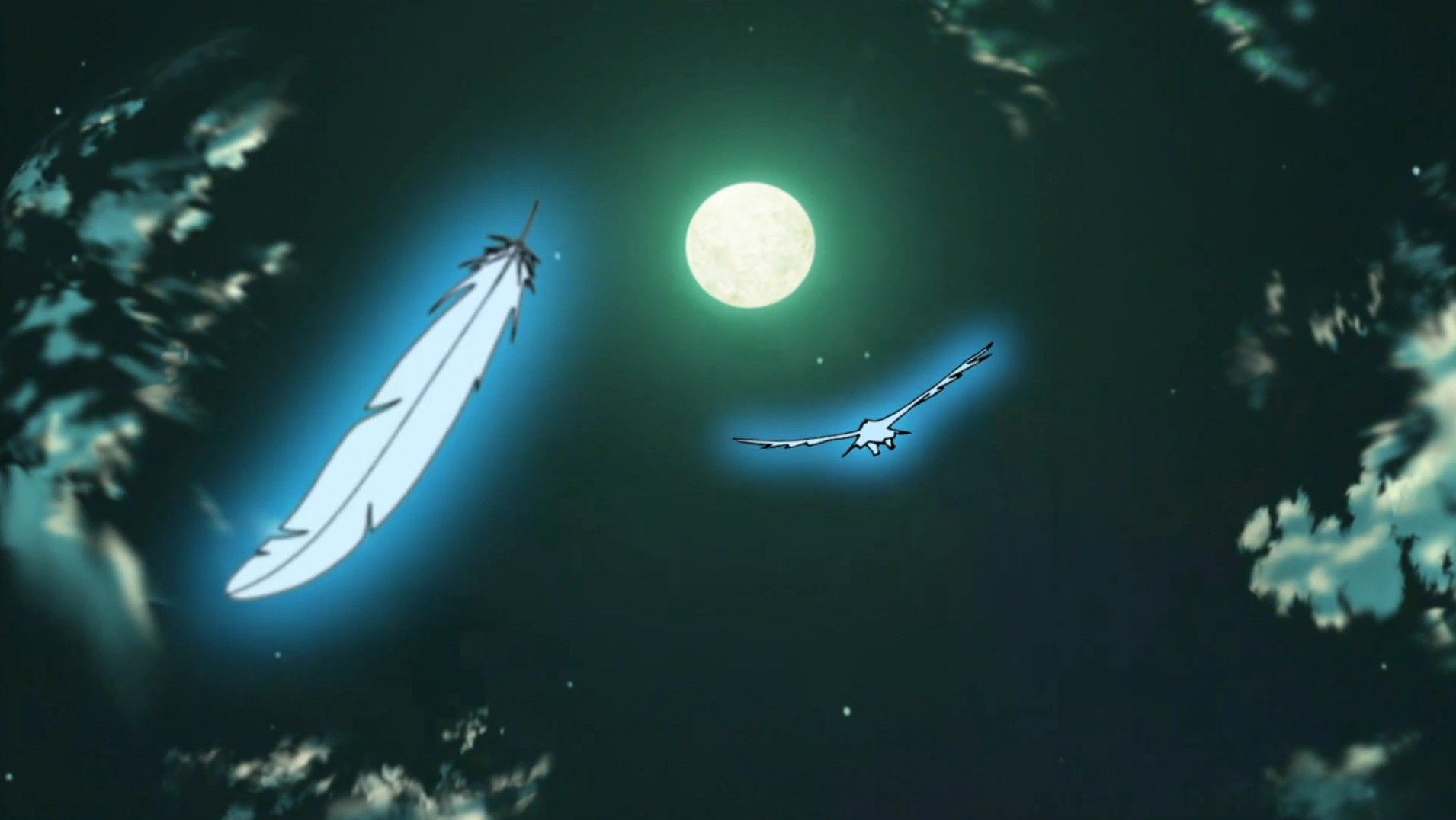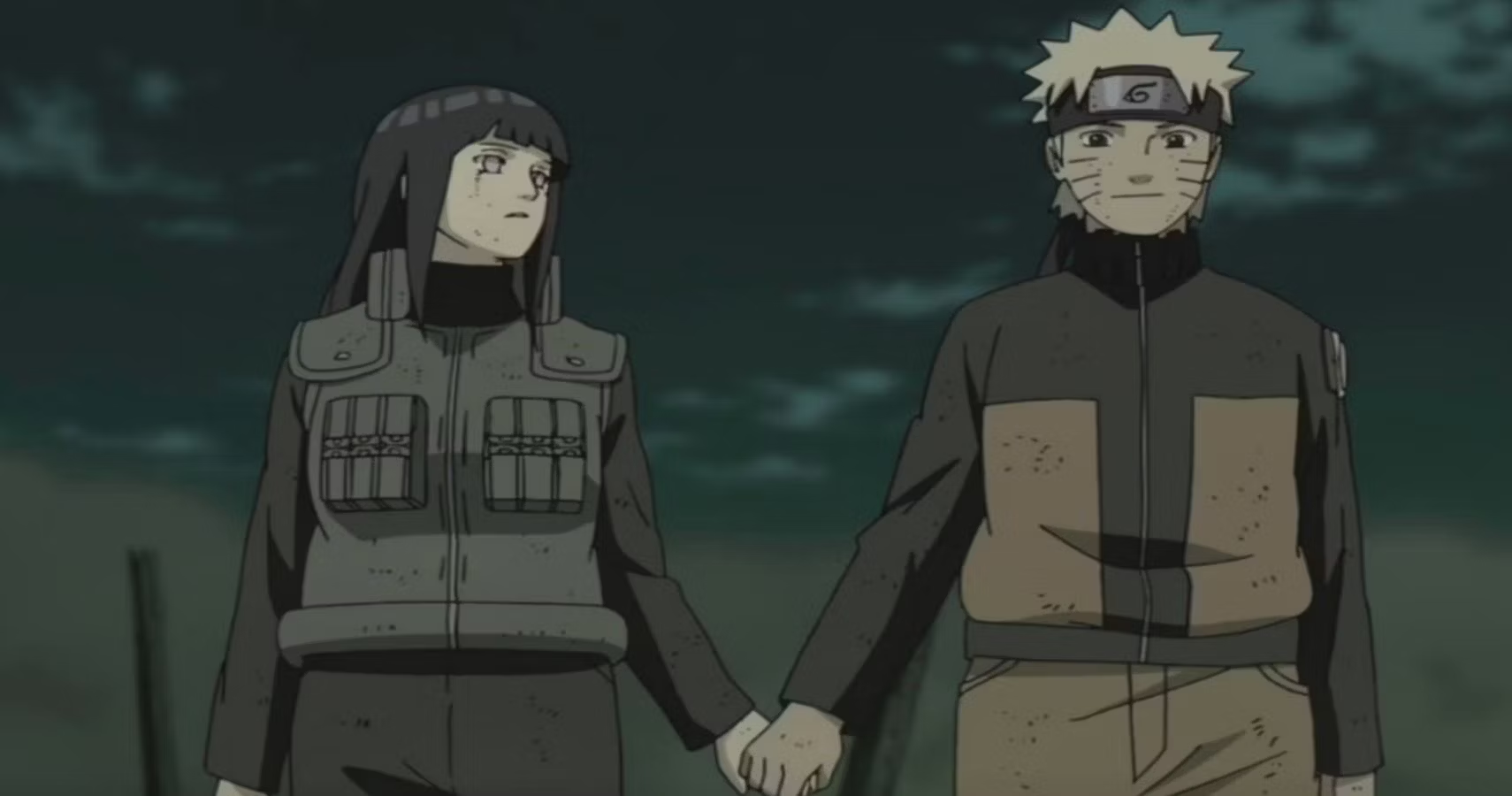Unlike most shonen anime, the Naruto franchise is riddled with character deaths, with some of the most profound deaths either serving as a means of character development or moving the plot forward. As with any character’s passing, however, comes the constant debate between fans whether the death was even necessary for the plot. Such is the case of Neji Hyuga’s death, who lost his life protecting the series’ protagonist, Naruto Uzumaki.
While the iconic frame of Neji’s selfless sacrifice may have created an extremely sentimental scene, many fans have argued that the death was not quite necessary. Moreover, fans have pointed out that Neji’s reputation of being hailed as the Hyuga Clan’s prodigy was also tarnished by this easily avoidable death. On the other hand, Masashi Kishimoto, Naruto’s creator, has continuously reiterated in favor of this controversial death. In any case, exploring how Neji’s death further shaped Naruto’s character is essential to determine the significance of his demise, along with the symbolism that the scene portrayed.
Naruto’s Character Development
Neji’s death was primarily a catalyst for exacerbating Naruto’s character development during the Fourth Great Shinobi War, a fact that Kishimoto has confirmed. Since Naruto initially believed that he would never let his comrades die, it was necessary to allow him to feel the pain and sorrow that comes with losing a friend. It served as a means of introducing Naruto to Obito’s perspective of reality, which revolved around how there is nothing but pain and suffering in this world.
This also allowed Naruto to realize that it was not in his power to save all his comrades, and making sense of such a situation that challenged his ideals was the only way for his character to further develop. This is evident from the events that take place in the series, as Naruto is taken aback and left speechless after Neji’s death, yet through the affirmation of his comrades, he realizes that those that have fallen will always live on in one’s heart, and those that are alive must not let their sacrifice go in vain. Such a stringent lesson was necessary for Naruto in order for him to understand the risks that were involved, and that saving everyone was an impossible feat.
The Symbolism Behind the Death
The Hyuga Clan’s Cursed Seal has always been a controversial topic in the Naruto universe, one that has been continuously associated with Neji Hyuga. The curse mark bound him to eternal servitude to the main house of the clan, sealing his destiny to simply be a shield for the main house. However, Neji sacrificed himself not because of the curse mark that bound him to servitude, rather, it was his own free will that he acted on to protect the ones he loved.
His death was in a similar fashion to his father, Hizashi Hyuga, who willingly gave his life to free himself from the chains of servitude. The scene was also ironic as the Hyuga's two main house members, Hiashi and Hinata, were unprotected and were willing to die for the village, something that was unheard of in the clan. As Neji dies, the seal undoes itself, and the caged bird is finally free to fly away. This act of selflessness defies the seal’s purpose, allowing him to define his own destiny, without any interference from the main house of the clan.
Naruto and Hinata’s Relationship
Up until this moment, Naruto and Hinata’s relationship had never been properly defined, with the two sharing only a few moments together, and that too as friends. Neji’s death forced Hinata to come forward for Naruto in his time of need, and this gesture allowed Naruto to finally realize what he meant to Hinata. Even Neji’s last words are a hint for Naruto, when he points towards the fact that Hinata was willing to give her life.
While many call out Kishimoto’s decision of killing off Neji for these two characters to have this moment as an unnecessary death, his decision to make Hinata the lead female character was final, and Neji’s passing was a necessary catalyst to bring about this relationship between the two. The significance of this moment is further exacerbated by the fact that Naruto ends up marrying Hinata, something that would have been highly unlikely without this iconic death.

